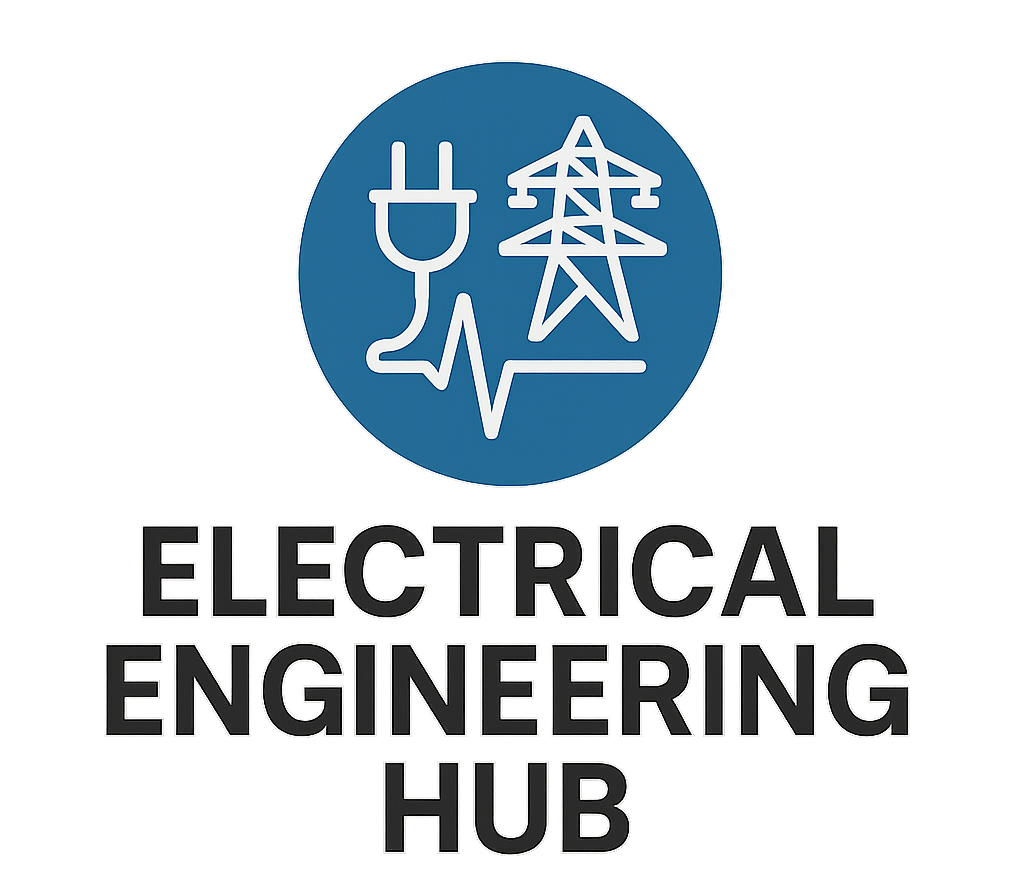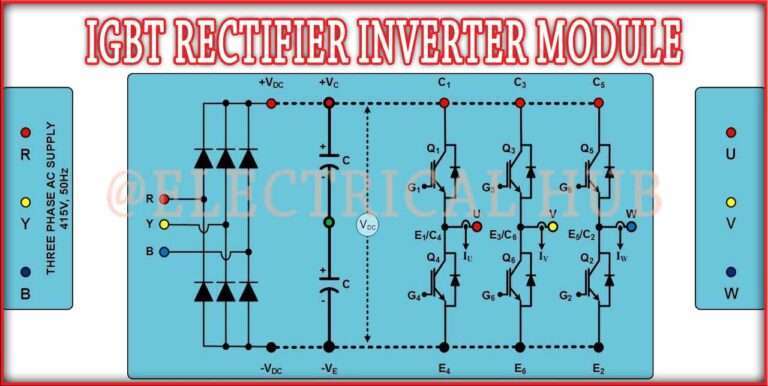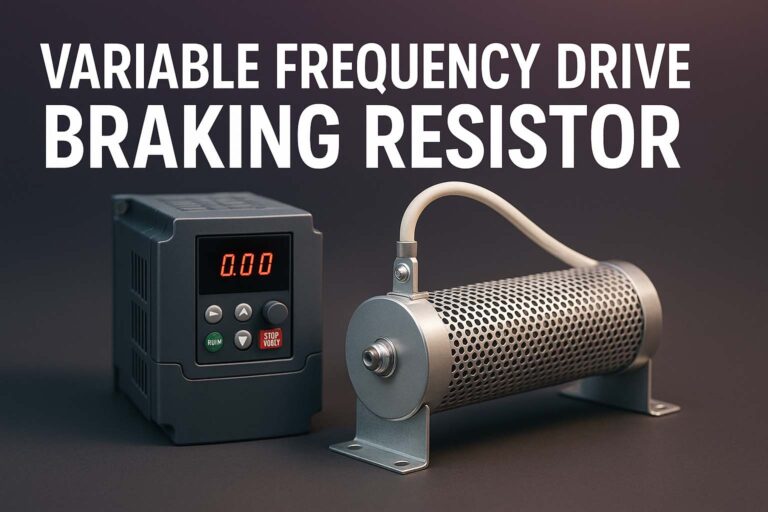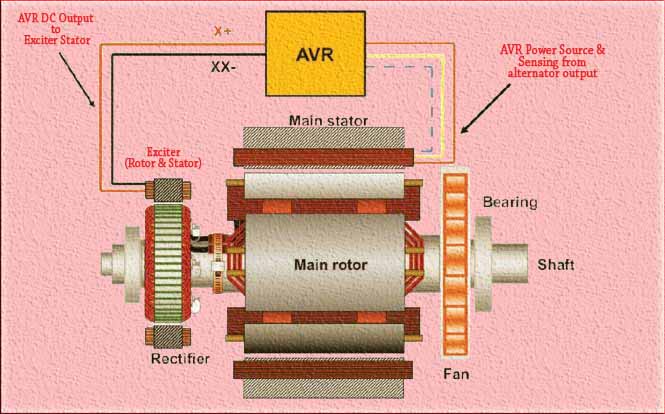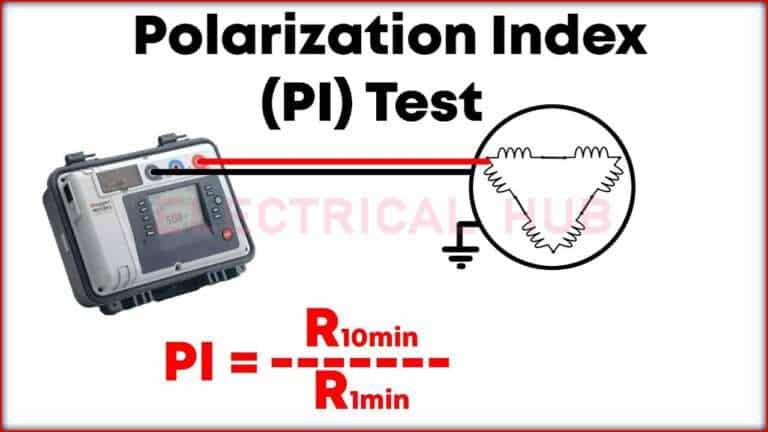IEC Standard for Battery Charger – Complete Technical Guide
Battery chargers play a critical role in powering industrial systems, renewable energy installations, electric vehicles, and consumer electronics. To ensure performance, safety, and interoperability, manufacturers follow internationally recognized standards. The IEC standard for battery charger provides a common framework that addresses electrical safety, efficiency, and testing requirements.
This standard helps engineers design reliable chargers, assists buyers in comparing products, and ensures compliance for global markets. By aligning with IEC specifications, equipment manufacturers can avoid compatibility issues, reduce safety hazards, and meet regulatory demands in multiple countries.
Table of Contents
Table of Contents
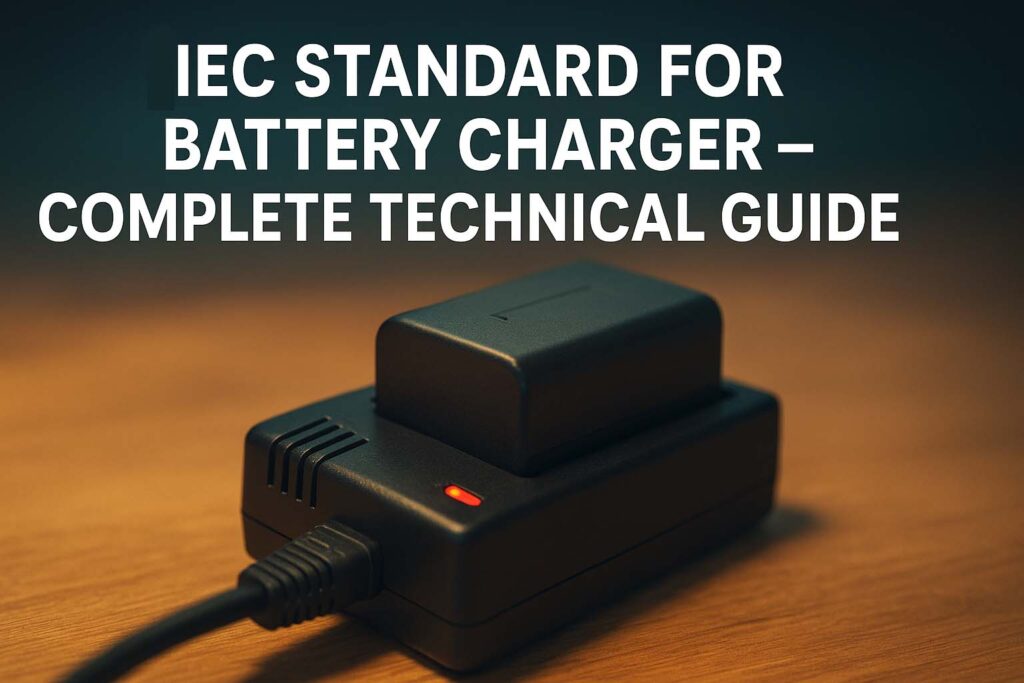
The International Electrotechnical Commission (IEC) develops standards covering electrical, electronic, and related technologies. For battery chargers, IEC documents define voltage limits, charging current profiles, protection circuits, environmental conditions, and performance verification methods. This approach ensures that chargers can operate under a variety of real-world conditions while maintaining user safety. It also enables the same charger model to meet requirements across multiple regions without extensive redesign.
IEC Standard for Battery Charger
In industrial and commercial applications, compliance with the IEC standard for battery charger is often a contractual or legal requirement. Electrical inspectors, certification bodies, and procurement departments rely on these standards to ensure equipment meets performance and safety benchmarks.
This means that even if a charger works well in practice, it may not be accepted without proper IEC compliance. In addition, energy efficiency and environmental sustainability are increasingly emphasized in modern standards, making compliance an important part of corporate responsibility strategies.
Key Takeaways
- The IEC standard for battery charger ensures safety, performance, and global interoperability.
- Compliance benefits manufacturers, buyers, and regulatory agencies.
- It covers voltage, current, environmental, and testing requirements for different battery types.
Understanding the IEC Standard for Battery Charger
The IEC standard for battery charger is not a single document but a collection of standards that address different battery chemistries, applications, and charger designs. Commonly referenced standards include:
| IEC Standard | Application | Key Focus Areas |
|---|---|---|
| IEC 60335-2-29 | Household battery chargers | Electrical safety, thermal limits, protection against electric shock |
| IEC 61851 | Electric vehicle conductive charging systems | Charging modes, connector types, safety interlocks, communication protocols |
| IEC 61010-2-030 | Laboratory and industrial measurement chargers | Electrical safety, insulation, overvoltage protection |
| IEC 62660 & IEC 62619 | Lithium-ion cells and battery systems | Performance, safety, and reliability testing |
| IEC 60950 (replaced by IEC 62368) | IT equipment battery chargers | Electrical safety, energy efficiency |
Each of these standards is applied depending on the intended use of the charger. For example, a charger for a lithium-ion battery in an electric forklift may require compliance with IEC 61851 and IEC 62619, while a small consumer electronics charger might fall under IEC 60335-2-29.
Know more about IEC Standard for Differential Protection
Scope and Purpose of the IEC Standard for Battery Charger
The primary objectives of the IEC standard for battery charger include:
- Defining safety requirements to protect users and equipment.
- Specifying performance metrics to ensure effective battery charging.
- Providing testing methods for verifying compliance.
- Supporting global trade by harmonizing charger design requirements.
A charger designed according to IEC specifications will operate within defined voltage and current limits, prevent overcharging, avoid overheating, and ensure mechanical durability under normal usage conditions.
Technical Requirements in the IEC Standard for Battery Charger
The technical requirements within the IEC standard cover multiple aspects of charger design and operation. Below are key areas of focus:
1. Input and Output Parameters
- Voltage tolerance must stay within specified limits for the charger’s class.
- Current regulation must prevent excessive charging that could damage batteries.
- Output ripple voltage and current should be minimized to avoid long-term battery degradation.
2. Protection Features
- Overcurrent protection to stop excessive charging current.
- Overvoltage protection to prevent cell damage.
- Thermal cutoffs to avoid overheating.
- Reverse polarity protection to safeguard against incorrect connections.
Know more about IEC Standard for Distribution Transformer
3. Environmental Conditions
- Chargers should operate within the temperature and humidity ranges defined in the standard.
- Protection against dust and moisture (IP ratings) may be required for outdoor or industrial chargers.
4. Efficiency and Power Factor
- Some IEC documents specify minimum energy efficiency targets for chargers.
- Power factor correction (PFC) may be required for high-power chargers to reduce electrical grid strain.
5. EMC and Electrical Noise Limits
- Chargers must meet electromagnetic compatibility (EMC) limits to avoid interference with nearby equipment.
- Conducted and radiated emissions are tested under standardized conditions.
Testing and Certification According to IEC Standards
The IEC standard for battery charger specifies various laboratory tests to verify safety and performance. Typical tests include:
| Test Type | Purpose | Example Standard Reference |
|---|---|---|
| Dielectric Strength Test | Ensure insulation can withstand high voltages | IEC 60335-2-29 |
| Temperature Rise Test | Check thermal performance during maximum load | IEC 61851 |
| EMC Test | Verify electromagnetic emission compliance | IEC 61000 series |
| Drop and Vibration Test | Assess mechanical robustness | IEC 60068 |
| Charge Cycle Test | Evaluate long-term performance | IEC 62660 |
Know more about IEC Standard for Basic Insulation Level
Certification is typically issued by an accredited testing laboratory. Once a charger passes all required tests, it can carry IEC certification markings, which are often recognized in multiple countries.
IEC Standard for Battery Charger in Electric Vehicles
Electric vehicle (EV) chargers are among the most regulated charging systems. IEC 61851 is the primary reference for conductive charging, defining charging modes from Mode 1 (simple AC charging) to Mode 4 (DC fast charging). Key requirements include:
- Safety interlocks to prevent live connection before coupling.
- Communication protocols between vehicle and charger for optimal charging.
- Overcurrent and short-circuit protection.
- Weatherproof enclosures for outdoor chargers.
Compliance ensures that EV chargers are compatible with various vehicles and charging infrastructure globally, reducing the risk of equipment damage or safety incidents.
Know more about ev charger load calculation nec
Benefits of Complying with the IEC Standard for Battery Charger
Following the IEC standard for battery charger offers several advantages:
- Safety Assurance – Reduces risk of electrical shock, fire, and overheating.
- Global Market Access – Eases export and import processes by meeting international requirements.
- Consumer Confidence – Demonstrates reliability and quality.
- Lower Liability – Reduces the risk of product recalls or legal issues.
- Standardized Testing – Ensures consistent performance across different charger models.
Common Challenges in Meeting IEC Requirements
While compliance is beneficial, manufacturers face challenges such as:
- The cost of certification testing, which can be significant for small manufacturers.
- Need for redesign if products fail initial tests.
- Keeping up with periodic standard updates that may require modifications to charger designs.
- Managing different IEC standards when a charger is intended for multiple applications.
Know more about IEC Standard for Busbar Clearance
Future Trends in IEC Battery Charger Standards
Battery technologies are evolving rapidly, and IEC standards are adapting accordingly. Future changes may include:
- Stricter efficiency requirements to reduce energy waste.
- Enhanced EMC limits to accommodate high-frequency fast chargers.
- Greater emphasis on recyclability and environmental impact.
- More advanced communication protocols for smart charging in renewable energy systems.
Manufacturers and system integrators will need to stay updated on revisions to remain competitive and compliant in global markets.
Final Thoughts
The IEC standard for battery charger is essential for ensuring safe, efficient, and globally compatible charging solutions. Whether for consumer electronics, industrial systems, or electric vehicles, these standards provide a foundation for quality and reliability. Compliance not only satisfies regulatory requirements but also enhances brand reputation and market reach. In an era where battery technology underpins much of our modern infrastructure, adhering to these standards is not optional—it is a strategic necessity.
Know more about IEC Standard for Busbar Contact Resistance
FAQs
1. What is the IEC standard for charging?
The IEC charging standards define specifications for electric vehicle and battery charging systems. Key references include IEC 61851 for conductive charging and IEC 62196 for connectors. They ensure global safety, interoperability, and performance.
2. What is the IEC battery standard?
The IEC battery standards cover design, testing, and safety of batteries. Examples include IEC 62133 for rechargeable cells and IEC 60086 for primary batteries. They ensure reliability, safety, and compliance in global markets.
3. What is the IEC EN 60335-2-29?
IEC EN 60335-2-29 specifies safety requirements for battery chargers for household and similar uses. It covers electrical, mechanical, and thermal hazards. Compliance ensures safe operation for end-users.
4. What is the IEC 62133 standard?
IEC 62133 defines safety requirements for portable sealed rechargeable cells and battery packs. It focuses on lithium-ion and nickel systems. Widely used for product certification worldwide.
5. What is the IEC 60364 standard?
IEC 60364 covers low-voltage electrical installation requirements. It sets guidelines for safety, design, and verification. It’s widely used in building and industrial wiring systems.
6. What is the difference between IEC 61851 and 62196?
IEC 61851 specifies the charging system and modes for EVs. IEC 62196 defines physical connector types and dimensions. Together, they ensure EV charging safety and compatibility.
7. What is the IEC 60623 standard?
IEC 60623 covers vented nickel-cadmium prismatic rechargeable cells. It specifies performance, testing, and marking requirements. Common in industrial and backup power applications.
8. What are IEC electrical standards?
IEC electrical standards are global technical rules for electrical equipment, systems, and safety. They cover design, testing, installation, and performance. Used to harmonize compliance worldwide.
9. What is the maximum voltage in an IEC?
IEC voltage limits vary by application—typically up to 1,000 V AC or 1,500 V DC for low-voltage systems. Higher voltages fall under separate high-voltage standards. Always refer to the specific IEC document.
10. What is the IEC standard for voltage regulation?
IEC 60038 defines standard voltages for electrical systems. Voltage regulation performance is addressed in equipment-specific standards like IEC 60034 for motors. Ensures stable supply and equipment protection.
11. What are the NEC requirements for EV charging?
NEC Article 625 governs EV charging installations in the U.S. It covers wiring methods, overcurrent protection, grounding, and ventilation. Ensures safe and code-compliant setups.
12. What is the new charging standard?
The newest EV charging standard is the North American Charging Standard (NACS) gaining adoption by major automakers. Globally, ISO 15118 supports Plug-&-Charge communication. They aim for faster, more universal charging.
Follow Us on Social:
Subscribe our Newsletter on Electrical Insights for latest updates from Electrical Engineering Hub
#IECStandard, #BatteryCharger, #TechnicalGuide, #BatteryCharging, #ElectricalEngineering, #IECStandards, #BatteryChargerStandards, #PowerElectronics, #ElectricalSafety, #ChargingSystems, #EngineeringGuide, #IECCompliance, #ElectricalStandards, #IndustrialCharging, #BatteryTechnology
